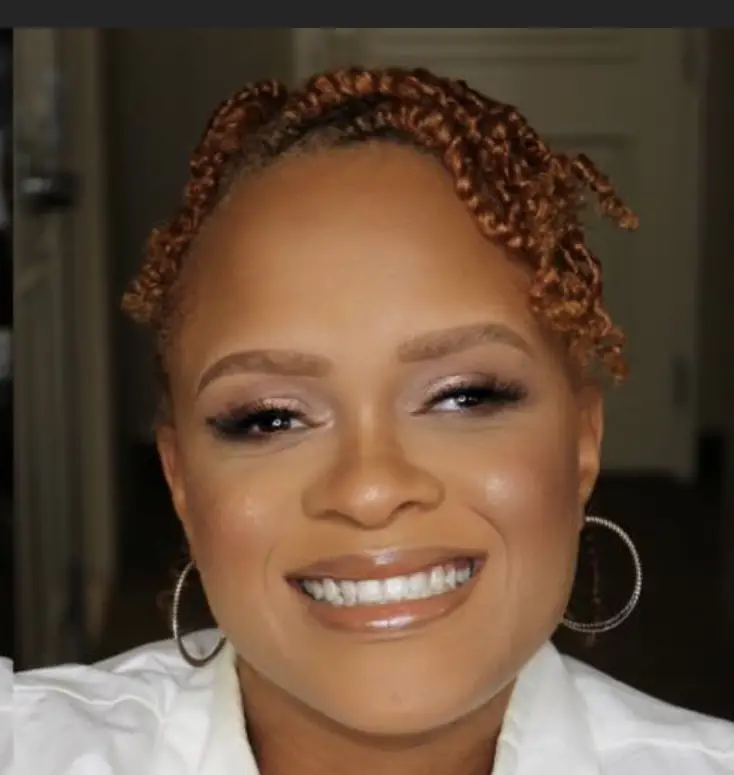With the passage of the Individual Freedom Act, or “Stop Woke Act,” by Florida Governor Ron DeSantis in April 2022, Critical Race Theory has become one of the hottest topics for politicians and their supporters to debate. After the racial unrest of 2020 and 2021, many politicians became enamored with the term. They began using it as their catch-all term for anything and everything that they deemed to be against “American values or history.” Right-wing pundits paint CRT as an evil ideology that preaches hate speech and makes white students uncomfortable. However, CRT, when analyzed closely, is a far cry from the philosophical bogeyman concocted by power-hungry politicians and mass media outlets.
Critical race theory can be defined as “an academic and legal framework that denotes that systemic racism is part of American society — from education and housing to employment and healthcare”(Critical Race Theory FAQ). CRT emerged in the 1970s and ‘80s in response to the lack of progress after the Civil Rights Movement of the 1960s. Harvard law scholars used this theory to understand how race was intertwined with laws, policies and institutions within the American power structure.
These laws and policies not only hindered the progress of racial equality, but also disenfranchised people of color for decades. For example, laws and policies such as the 1740s Negro Act of South Carolina identified racial characteristics and criminalized those characteristics by stating that a slave and their descendants would forever remain enslaved. In essence, this legislation deemed blackness to be reasonable grounds for legal and social dehumanization.
In contemporary times, political practices such as dog whistling can also be viewed through the lens of CRT. Dog whistles can be defined as seemingly harmless phrases that communicate offensive or suggestive messages to one’s supporters through codified language. Common examples include the “war on drugs” or the “war on crime.” These innocuous phrases were used to racialize social issues such as drugs and crime in America. These issues then became associated with blackness, leading to over-policing in minority neighborhoods.
Critical Race theorists were dissatisfied with the colorblindness and racial integration of the Civil Rights Movement. They felt that to be colorblind meant to take race out of everything, which meant not truly accepting that everyone is racially biased. To racially integrate meant to downplay racial differences. These differences make people who they are; their elimination is nothing short of cultural genocide.
To practice CRT, one must view the world through a racially conscious lens. They also embrace Antiracist ideals and must deconstruct laws and policies implemented in America to understand how race and racism factor into American life. By deconstructing our social and legal biases through a racially conscious lens, we can begin the real work of ending racial and, by extension, all other forms of oppression.
While Critical Race Theory contains the word “race” and is associated most often with racism, it is defined differently in academic and social contexts. Within the context of CRT, racism describes how the racial biases intrinsic to the dominant power structure can benefit one race over another. Likewise, “white” does not relate to any particular skin tone. Rather, it relates to anyone who benefits from said power structure regardless of their complexion. These terms are important to define, as they are frequently misinterpreted in debates over CRT.
It is important to understand why CRT is important and should be taught in higher education institutions such as colleges and universities. Historically and academically, CRT is necessary for many scholars, regardless of their degree paths. It is imperative for scholars who will one day be doctors, lawyers, politicians and educators to understand the historical significance of policies and procedures that continue to disenfranchise people of color in this country.
For example, how can a doctor adequately treat a patient of color when they are taught the racist ideology that Black women do not feel pain as strongly as other races? By teaching future physicians historical events through the lens of CRT, such as the gruesome history of how the practice of gynecology came to be (read about it here, The ‘Father of Modern Gynecology’ Performed Shocking Experiments on Enslaved Women – HISTORY), they can sympathize with the African American community and make decisions that aid in the eradication of the medical oppression of Black women.
While CRT should be introduced and taught in higher academia, many professors and scholars are finding it difficult to do so. As stated above, many states are passing legislation banning CRT in higher education classrooms. This legislation not only stops professors who are proficient in the field of Critical Race Theory, but it also stops scholars from learning about key issues in our history and society.
In an article on Propublica.com entitled “Muzzled by DeSantis, Critical Race Theory Professors Cancel Courses or Modify Their Teaching” by Daniel Golden, he details the struggles of many CRT-focused professors in regard to tenure and teaching what they love:
“Perhaps the surest indication that tenure helps safeguard critical race theory and other controversial curricula is that conservatives are trying to jettison it. In 2021, Georgia’s public-university system made firing tenured faculty easier. After the University of Texas’ faculty council adopted a resolution last February supporting professors’ right to teach critical race theory, Texas Lt. Gov. Dan Patrick called for abolishing tenure for new hires at the state’s public universities. Last April, DeSantis signed a bill authorizing reviews of tenured professors every five years” (Muzzled by DeSantis, Critical Race Theory Professors Cancel Courses or Modify Their Teaching ).
Professors are stuck in a tough position. If they adhere to historical truth and teach CRT, they risk their careers and tenures. If students are only taught what the state deems to be appropriate, universities are forced to miseducate. Prohibiting this knowledge not only causes a disservice to the students but also to society. This willful ignorance crafts a present caught between the half-truths of our history and a whitewashed version of our future.
For more information on CRT and other sources on related topics, please check out the books and links below.
Sources:
Critical Race Theory – Racial Justice Resources for Activists, Advocates & Allies
Stamped From The Beginning – Stamped from the Beginning: The Definitive History of Racist Ideas in America (National Book Award Winner)
Critical Race Theory: Richard Delgado & Jean Stefancic – https://a.co/d/ePz7Md1
White Fragility: Robin DiAngelo – https://a.co/d/ilAFSbP
Critical Theory and Selected Essays: Max Horkheimer – https://a.co/d/8KRsXt0

















